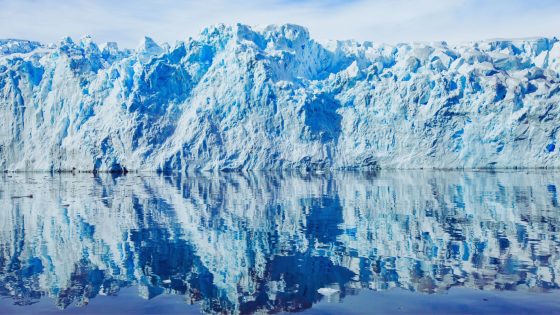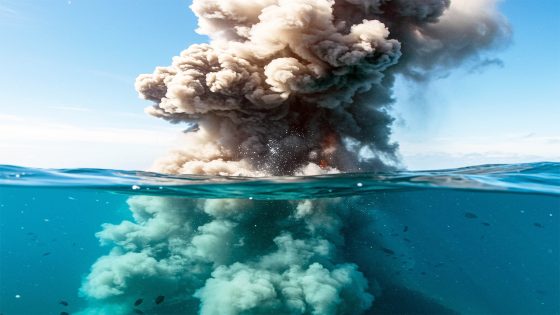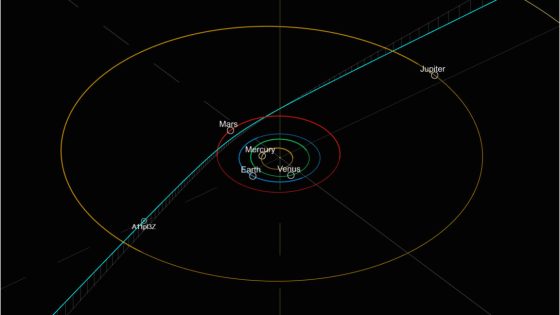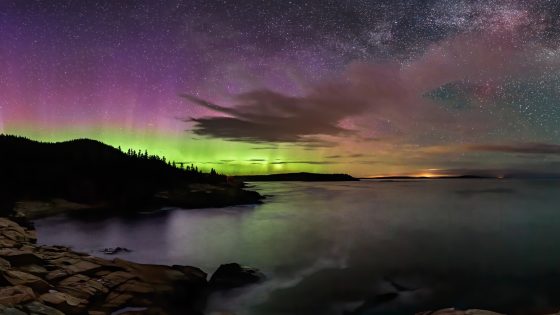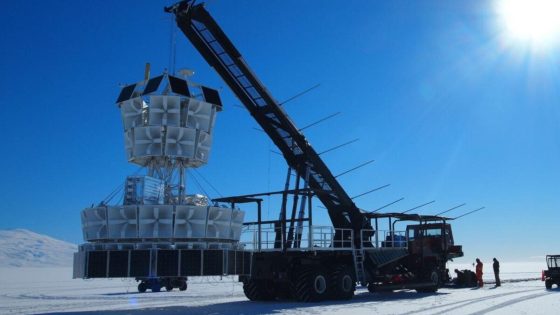Antarctica is undergoing alarming environmental changes, with significant ice loss impacting global ecosystems. Since 2015, Antarctica has lost ice equivalent to the entire size of Greenland, a stark indicator of climate change. As of July 6, 2025, scientists have also detected a surprising rise in salinity levels in the Southern Ocean, leading to further destabilization of sea ice.
- Antarctica lost ice equivalent to Greenland's size.
- Southern Ocean salinity has unexpectedly increased.
- Maud Rise polynya reappeared after 50 years.
- Ice loss accelerates global warming effects.
- Urgent need for improved monitoring systems.
- Antarctic wildlife faces shrinking habitats.
This increase in salinity has triggered a feedback loop, where less sea ice absorbs more heat, accelerating melting. The recent reappearance of the Maud Rise polynya, absent for decades, further underscores the urgency of these developments. How will these changes affect marine life and global weather patterns?
The implications of these findings are profound. The unexpected rise in salinity disrupts long-held beliefs about the Southern Ocean’s behavior. Researchers emphasize the importance of understanding these shifts to anticipate future changes. Key points include:
- Rising salinity weakens water stratification, allowing warm waters to rise.
- The Maud Rise polynya’s return signals significant instability in the ice-ocean system.
- These changes could lead to more extreme weather events globally.
As we face these unprecedented challenges, continuous monitoring and research are crucial for developing effective strategies to mitigate the impacts of climate change. Will we act swiftly enough to protect our planet?



